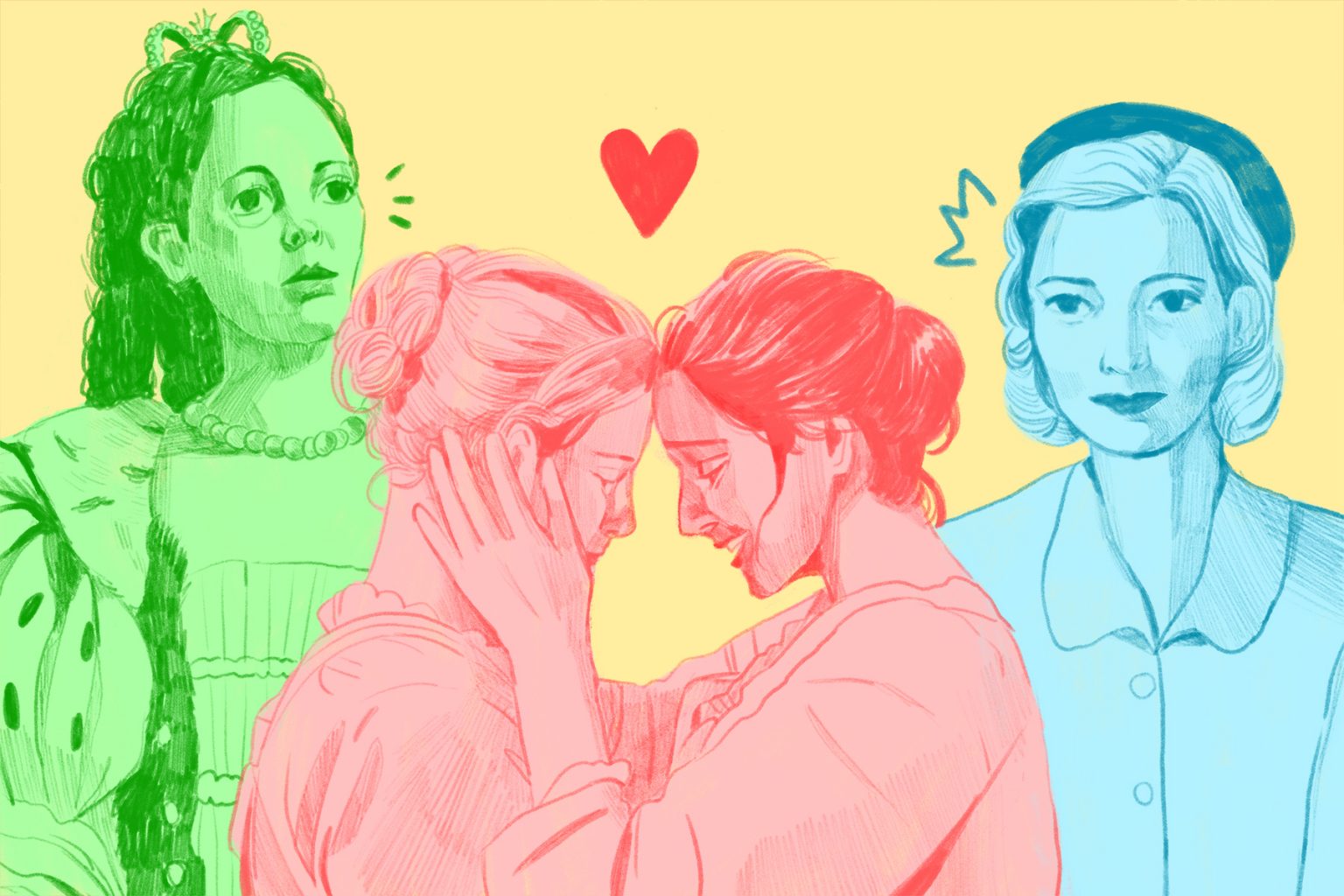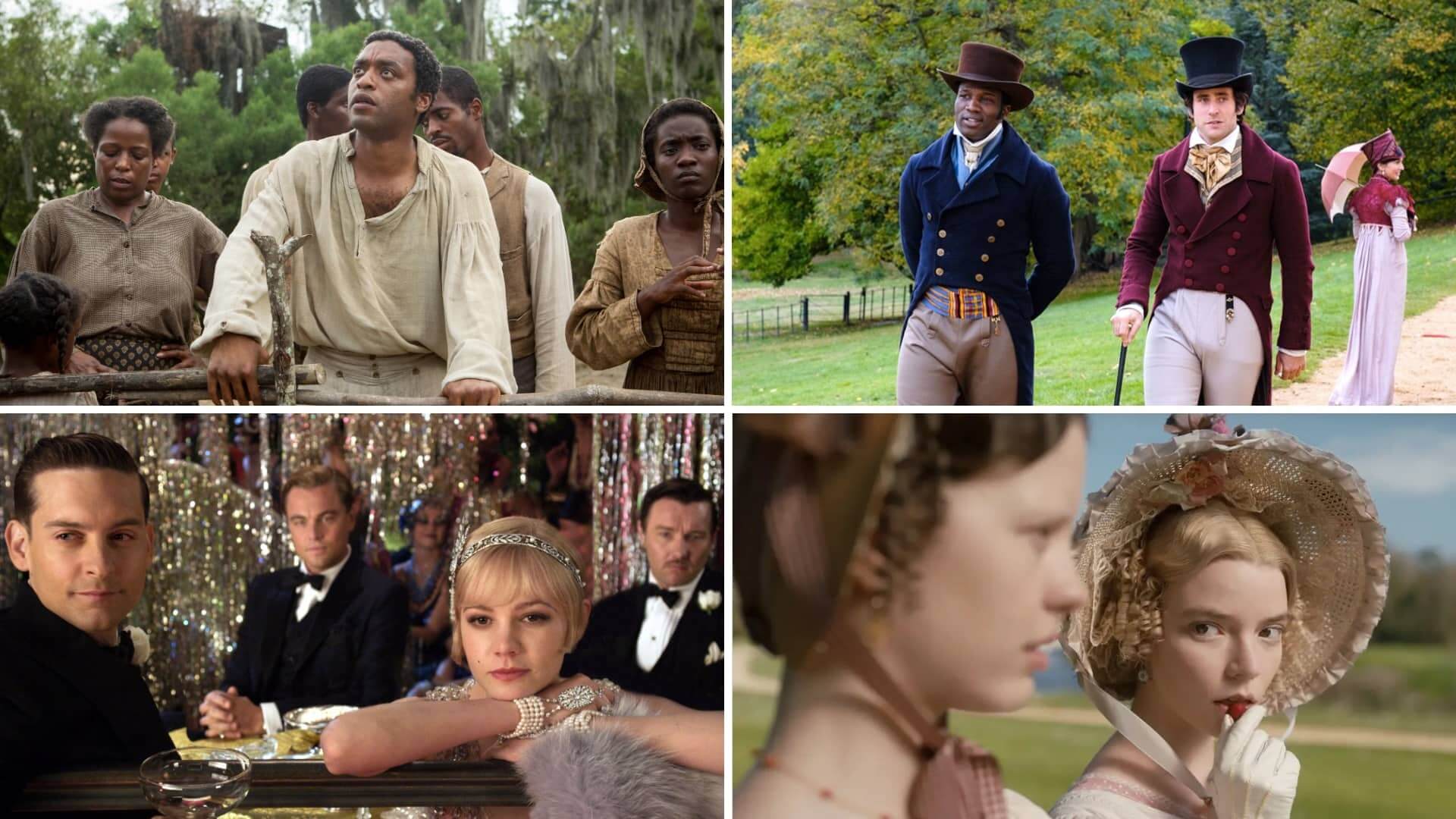Let’s talk about something that really makes the cinematic world come alive—particularly in period pieces or films that require a certain physicality. Now, if you’ve ever watched a movie set in the 1800s or some grand historical drama, you know it’s not just about wearing fancy costumes or speaking with an accent. It’s about bringing authenticity to the screen, and that’s where physicality plays such a huge role. It’s like magic, but with sweat and effort!
Think about it for a second. When you’re watching a character from the past, whether it’s a knight in shining armor or a Victorian-era socialite, their movements, posture, and even the way they carry themselves are just as important as their lines. Without that physicality, the whole illusion falls apart. It’s like trying to eat a cake without sugar—it just doesn’t hit the spot, right?
Now, I’m not just throwing around buzzwords here. Physicality in films, especially period pieces, is a game-changer. It’s what separates a good movie from a great one. It’s the difference between a believable performance and something that feels forced or out of place. So, buckle up, because we’re diving deep into this world where actors transform themselves into living, breathing characters from another time.
Read also:Niche Streaming Services The Ultimate Guide To Discover Hidden Gems
Why Physicality in Films is More Than Just Acting
Physicality in films isn’t just about moving your body—it’s about understanding the era you’re portraying. Imagine being an actor in a period piece. You can’t just walk around like you’re on a casual stroll in the park. Every movement, every gesture, has to be deliberate. It’s like learning a whole new language, but instead of words, it’s body movements.
For example, if you’re playing a character from the Elizabethan era, chances are you wouldn’t slouch or cross your legs like you’re chilling on the couch. You’d have to stand tall, with perfect posture, and your movements would be graceful yet restrained. That’s the kind of attention to detail that makes or breaks a performance.
How Physicality Affects Character Development
When an actor masters the physicality of their role, it adds layers to their character. It’s not just about looking the part; it’s about feeling the part. Physicality can convey so much without even saying a word. A slight tilt of the head, a firm handshake, or the way someone walks can tell you more about a character than pages of dialogue ever could.
Take a look at some of the greatest performances in period films. The actors didn’t just rely on their voices or facial expressions. They immersed themselves in the physicality of their characters. It’s what makes their performances so unforgettable.
Training for Physicality: What Does It Take?
Becoming physically accurate for a period piece isn’t easy. It requires a lot of training, practice, and sometimes even pain. Actors often work with movement coaches, choreographers, and even historians to get every detail right. It’s not just about looking good in a costume; it’s about embodying the essence of the time period.
For instance, if you’re playing a medieval knight, you’d have to train with swords, armor, and all that heavy gear. It’s not just about swinging a sword around; it’s about understanding the weight, balance, and how it affects your movement. Same goes for dancing in a ballroom scene or riding a horse in a western film. Every detail counts.
Read also:Music Streaming Revolution How It Changed The Way We Listen To Music
Common Challenges Actors Face
Actors face a ton of challenges when it comes to physicality in films. One of the biggest hurdles is mastering the right posture and movements for the era they’re portraying. It’s not always intuitive, and it can take months of practice to get it just right.
Another challenge is dealing with physical discomfort. Wearing heavy costumes, restrictive corsets, or clunky armor isn’t exactly comfortable. But actors have to make it look effortless on screen. It’s like dancing in high heels while pretending you’re not in pain. Tough, but necessary.
Behind the Scenes: The Unsung Heroes of Physicality
While actors get all the glory, there’s a whole team of unsung heroes working behind the scenes to make physicality in films possible. Movement coaches, choreographers, costume designers, and even stunt coordinators all play a crucial role in bringing these characters to life.
For example, a movement coach might spend hours teaching an actor how to walk like someone from the 1700s. A choreographer might design intricate dance routines that reflect the era. And a costume designer might create outfits that enhance the actor’s movements rather than restrict them. It’s a team effort, and every member is vital to the final product.
The Role of Costume Design in Physicality
Costume design is more than just aesthetics—it’s also about functionality. A well-designed costume can enhance an actor’s physicality, making their movements more authentic. On the flip side, a poorly designed costume can hinder their performance, making it harder for them to move naturally.
Think about it. If an actor is wearing a costume that’s too tight or restrictive, it’s going to affect their movements. That’s why costume designers work closely with actors and directors to ensure that every piece of clothing serves a purpose. It’s all about creating an illusion of authenticity.
Examples of Outstanding Physicality in Films
There are countless examples of actors who’ve nailed the physicality of their roles in period films. Let’s take a look at some of the best:
- Meryl Streep in “The Iron Lady”: Her portrayal of Margaret Thatcher was spot-on, from her posture to her gestures. It was like watching history come alive on screen.
- Daniel Day-Lewis in “Lincoln”: His physical transformation into Abraham Lincoln was nothing short of incredible. Every movement, every gesture, was meticulously crafted to perfection.
- Judi Dench in “Shakespeare in Love”: Her performance as Queen Elizabeth I was a masterclass in physicality. She captured the essence of the era with every step she took.
Lessons We Can Learn from These Performances
What can we learn from these outstanding performances? For starters, physicality is just as important as dialogue or facial expressions. It’s what makes a character believable and relatable. It’s also a reminder that great performances don’t happen overnight. They require dedication, hard work, and a willingness to step outside your comfort zone.
So, the next time you watch a period film, pay attention to the physicality of the actors. You might be surprised at how much it adds to the overall experience.
The Importance of Physicality in Modern Films
Even in modern films, physicality plays a crucial role. Think about action movies, superhero films, or even sci-fi blockbusters. The way an actor moves can make or break the illusion of the world they’re portraying. It’s not just about looking cool in a suit; it’s about making the audience believe in the reality of the story.
For example, in “Black Panther,” the physicality of the actors was a key element in creating the world of Wakanda. From the way they walked to the way they fought, every movement was carefully choreographed to reflect the culture and history of the fictional nation.
How Physicality Enhances Storytelling
Physicality enhances storytelling by adding depth and authenticity to the narrative. It’s what makes the audience feel like they’re part of the world being portrayed on screen. Whether it’s a period piece or a modern blockbuster, physicality is a powerful tool in the hands of a skilled director and actor.
So, the next time you’re watching a movie, take a moment to appreciate the physicality of the actors. It’s not just about looking good—it’s about creating an immersive experience that draws the audience in.
The Future of Physicality in Films
As technology continues to evolve, the role of physicality in films is also changing. With advancements in CGI and motion capture, actors have more tools at their disposal to enhance their performances. But at the end of the day, nothing beats the authenticity of a well-trained actor bringing a character to life through their physicality.
The future of physicality in films is bright. As audiences become more discerning, filmmakers will need to push the boundaries of what’s possible. Whether it’s through innovative training methods or cutting-edge technology, the possibilities are endless.
Challenges and Opportunities Ahead
While the future looks promising, there are also challenges ahead. As technology becomes more prevalent, there’s a risk of losing the human element in performances. It’s important to strike a balance between innovation and authenticity to ensure that physicality remains a core component of filmmaking.
On the flip side, there are also opportunities for actors to explore new ways of bringing characters to life. With the right tools and training, the sky’s the limit. The future of physicality in films is in good hands, and I, for one, can’t wait to see what’s next.
Conclusion: Embrace the Power of Physicality
To sum it up, physicality is an essential element of filmmaking, particularly in period pieces or films that require a certain physicality. It’s what makes characters believable, stories immersive, and performances unforgettable. Whether you’re an aspiring actor or just a movie enthusiast, understanding the importance of physicality can enhance your appreciation of the craft.
So, the next time you watch a film, take a moment to appreciate the physicality of the actors. It’s not just about looking good—it’s about creating an experience that resonates with the audience. And who knows? You might just discover a new favorite performance.
Now, it’s your turn. What are your thoughts on physicality in films? Do you have a favorite performance that stands out? Share your thoughts in the comments below, and don’t forget to check out our other articles for more insights into the world of cinema. Let’s keep the conversation going!
Table of Contents
- Unveiling the Magic: Why Physicality Matters Particularly in Period Pieces or Films
- Why Physicality in Films is More Than Just Acting
- How Physicality Affects Character Development
- Training for Physicality: What Does It Take?
- Common Challenges Actors Face
- Behind the Scenes: The Unsung Heroes of Physicality
- The Role of Costume Design in Physicality
- Examples of Outstanding Physicality in Films
- Lessons We Can Learn from These Performances
- The Importance of Physicality in Modern Films
- How Physicality Enhances Storytelling
- The Future of Physicality in Films
- Challenges and Opportunities Ahead
- Conclusion: Embrace the Power of Physicality


